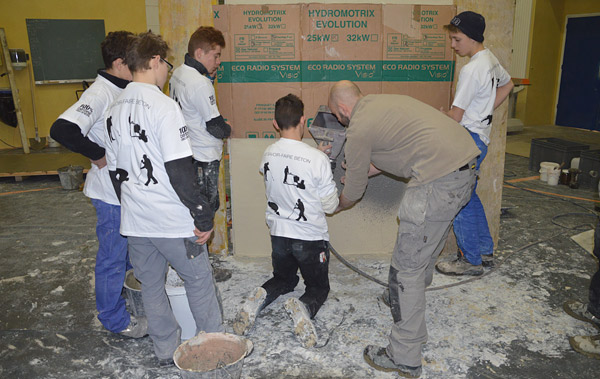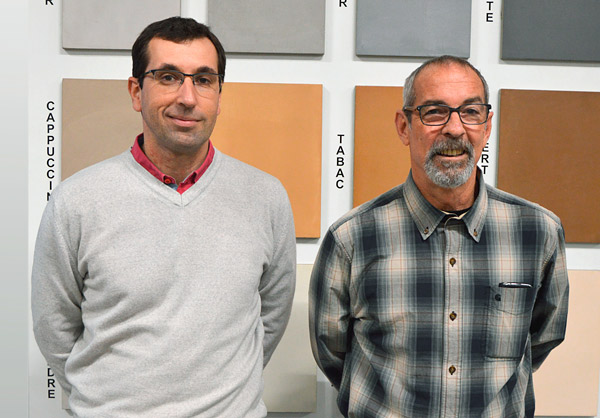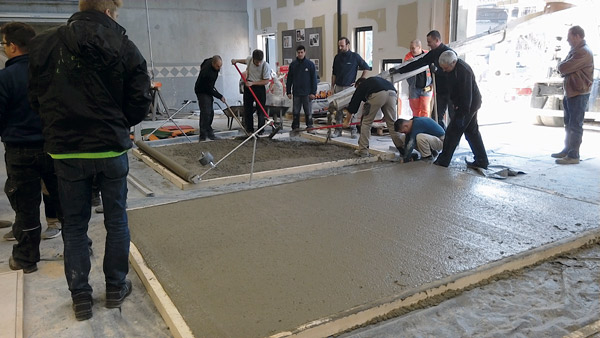
Apprenticeships, or a system of training new generations of skilled craftsmen, have a long and rich history in many countries of the world, though it never caught on with much fervor in the United States.
The French version, Compagnons du Tour de France, or Companions, was developed between the 9th and 13th centuries. The name comes from doing a “tour” around France for apprenticeships with masters. The first written evidence of the existence of Compagnons dates to the 12th century, after the Council of Troyes. Companions were working on constructing cathedrals and were given certain freedoms, such as the right to move freely from site to site.
The scientific and engineering knowledge required to complete the cathedral work was closely held, passed only by word of mouth from student to teacher across generations. In November 2010, the Compagnons tradition was added to a UNESCO (the United Nations Educational, Scientific and Cultural Organization) list called the Representative List of the Intangible Cultural Heritage of Humanity, meaning it is among those important traditions worth safeguarding that are inherited from our ancestors and passed on to our descendants, such as oral folklore, dances and other social practices.
The companionship of trades came to include stonecutters, masons, carpenters, roofers, locksmiths, plumbers, cabinetmakers and plasterers. Beginning in 2015, decorative concrete artisans are included in this highly regarded group.
“This is the continuation of a method of technical education and philosophy whose principle goes back to the origins of trades,” says Mike Archambault, whose company, Moderne Methode, is a leader in France in the fields of research and development, manufacturing and training through Archambault’s Beton Academy, a French-government recognized training school. “The Companions program, which participated in the construction of cathedrals and the Eiffel Tower, is today at the forefront of the latest achievements and participates in prestigious works of contemporary restorations and major construction sites.”
Hicham Bennani, director of the Compagnons’ European training institute, says it was important to include decorative concrete in this group. “First, we added it because we don’t have a similar kind of program in our present catalog, and secondly, because the technical side is very important here. Technical skill is required for a perfect execution, and this is exactly the added value we want to bring to our classical training programs.”
This new program came about in part due to the efforts of Archambault to introduce more decorative concrete arts. Archambault moved into the European market in 2005 through his extensive work on Disneyland resorts in Paris. Since 2010, Archambault has taught students about a wide range of decorative concrete products and tools.
“In recent years proper concrete flatwork hand-finishing techniques like floating, jointing, edgers, broom and band are being more and more utilized by French artisans as they get acquainted to it through our Beton Academy,” says Archambault. “More than 500 trainees per year are coming to this training school, and this is just the start.”
The Companions program is based on three key principles, which Archambault explains: “The occupation, as the assistant is primarily a great professional. The trip, as in during his Tour de France, the Companion encounters, exchanges and learns in all regions it traverses. And the transmission, because transmitting his knowledge is part of his way of living his profession,” Archambault says. “Through these three principles, the Companionship favors solidarity, personal and professional development success.”
In partnership with Compagnons, Beton Academy will host about 90 decorative concrete trainings throughout France each year, reaching about 1,500 trainees. The first group of students began their studies in September 2015. Once they graduate and receive their diploma, they will be considered officially qualified to be decorative concrete applicators.
“This is, for me, a sign that our trade is becoming well recognized and full of opportunities for the future of our industry,” says Archambault. “The Compagnonnage today is an original way to train for a real job by opening a wide range of potential hires. Open to all, the Companionship offers everyone the opportunity to take the path of a new life that is rich and full of promise. A Companion is recognized everywhere and by everyone as an exemplary professional.”
Compagnons accepts students as young as 16 years old as apprentices and interns in work/study training programs. It offers help to those 18 years and older who are seeking jobs in France. Bennani says the course load is about 25 percent theoretical, involving concrete rheology, the technological elements, plan reading, and technical and artistic drawing. About 75 percent is practical, involving actual implementation.
“The suggested program includes a minimum of 420 and up to 450 hours of study time,” Bennani says. “Candidates must have experience in the fields of landscaping, masonry and tile laying. After about 10 months, trainees will have 12 weeks at the school center and the rest of the time will be spent in a company.”
At this point, the program is exclusive, accepting only eight to 10 students at the most. One instructor teaches the practical fieldwork, one teaches the theoretical side and one teaches the artistic side. This program is sure to contribute to a rich new history of concrete in France.
“We really hope to succeed with this unique action here in France, which is a strong added value for any skilled worker,” says Bennani.
www.beton-academy.com
www.compagnonsdutourdefrance.org


















